Earl Fortescue is a title in the Peerage of Great Britain that was created in 1789 for Hugh Fortescue, 3rd Baron Fortescue (1753–1841), a member of parliament for Beaumaris and Lord-Lieutenant of Devon.

East Allington is a village and civil parish in the South Hams district of Devon, England, three miles (5 km) south of Halwell and just off the A381 road. It lies about three miles (5 km) from Kingsbridge and about ten miles (16 km) from Totnes. The coast at Slapton Sands is about five miles (8 km) to the south-east. Also in the parish is the hamlet of The Mounts, about one mile (1.6 km) away.

Sir Adrian Fortescue was a courtier at the court of King Henry VIII of England and member of the Third Order of Saint Dominic who was executed in 1539 and later beatified as a Roman Catholic martyr.

Sir William Fortescue of Buckland Filleigh, Devon, was a British judge and Master of the Rolls 1741–1749.
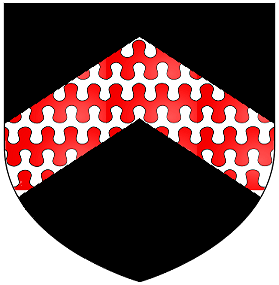
Sir William Hankford KB of Annery in Devon, was an English lawyer, and Chief Justice of the King's Bench from 1413 until 1423.
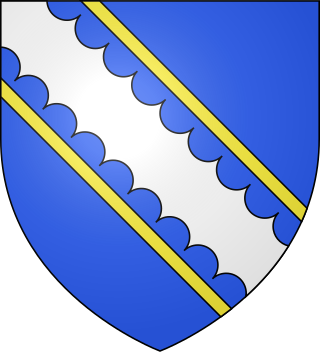
Thomas Fortescue was an Irish Member of Parliament.
There have been three baronetcies created for persons with the surname Fortescue, one in the Baronetage of Nova Scotia and two in the Baronetage of England. Two of the creations are extinct while the other is dormant.

Richard Fortescue of Filleigh, North Devon was an English Member of Parliament and prominent land-owner and member of the Devonshire gentry, ancestor to the Earls Fortescue.

Heanton Satchville was a historic manor in the parish of Petrockstowe, North Devon, England. With origins in the Domesday manor of Hantone, it was first recorded as belonging to the Yeo family in the mid-14th century and was then owned successively by the Rolle, Walpole and Trefusis families. The mansion house was destroyed by fire in 1795. In 1812 Lord Clinton purchased the manor and mansion of nearby Huish, renamed it Heanton Satchville, and made it his seat. The nearly-forgotten house was featured in the 2005 edition of Rosemary Lauder's "Vanished Houses of North Devon". A farmhouse now occupies the former stable block with a large tractor shed where the house once stood. The political power-base of the Rolle family of Heanton Satchville was the pocket borough seat of Callington in Cornwall, acquired in 1601 when Robert Rolle purchased the manor of Callington.

Sir Lewis Pollard of Grilstone in the parish of Bishop's Nympton, Devon, was Justice of the Common Pleas from 1514 to 1526 and served as MP for Totnes in 1491 and was a JP in Devon in 1492. He was knighted after 1509. He was one of several Devonshire men to be "innated with a genius to study law", as identified by Fuller, who became eminent lawyers at a national level. He was a kinsman of the judge and Speaker of the House of Commons Sir John Pollard.

Woodleigh is a village, parish and former manor located in the South Hams region of the county of Devon, England.

Newnham in the parish of Plympton St Mary in Devon is a historic estate long held by the Devonshire gentry family of Strode. The ancient mansion house is situated 1 mile north-east of St Mary's Church, beside the Smallhanger Brook, a tributary of the Tory Brook, itself flowing into the River Plym. The house was abandoned by the Strode family in about 1700 when they built a new mansion on the site of Loughtor Manor House, about 1/3 mile to the north-east of Old Newnham.
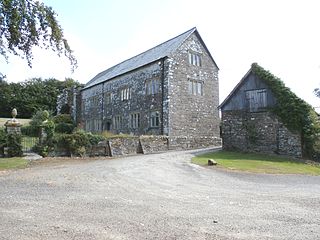
Bremridge is a historic estate within the former hundred of South Molton in Devon, England. It is now within the parish of Filleigh but was formerly in that of South Molton. It is situated 8 miles north-west of South Molton. Since the construction of the nearby A361 North Devon Link Road direct access has been cut off from Bremridge to Filleigh and South Molton. The surviving wing of the mansion house built in 1654 is a Grade II* listed building. Bremridge Wood is the site of an Iron Age enclosure or hill fort, the earthwork of which is situated on a hillside forming a promontory above the River Bray. In Bremridge Wood survives a disused tunnel of the former Great Western Railway line between South Molton and Barnstaple, much of the course of which has been used for the A361. The tunnel is 319 yards long and was identified as "Bremridge Tunnel" in the 1889 Ordnance Survey map but as "Castle Hill Tunnel" in subsequent editions.

Whympston in the parish of Modbury in Devon, England, was a historic manor that belonged to the Fortescue family.
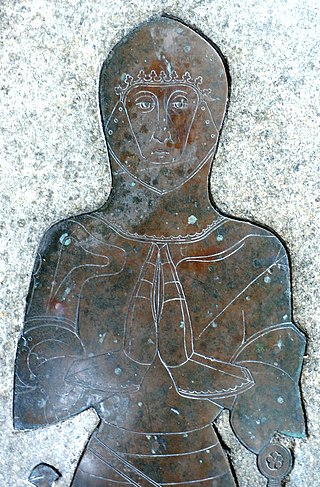
Sir William Wadham (c.1386–1452) of Merryfield in the parish of Ilton, Somerset and Edge in the parish of Branscombe, Devon came from a West Country gentry family with a leaning towards the law, who originally took their name from the manor of Wadham in the parish of Knowstone, between South Molton and Exmoor, north Devon.

Lyneham in the parish of Yealmpton in Devon, is an historic estate. The surviving grand mansion house known as Lyneham House is a grade I listed building. It was built c.1699-1703 by Sir Courtenay Croker, MP for Plympton Morice in 1699. A drawing of Lyneham House dated 1716 by Edmund Prideaux (1693–1745) of Prideaux Place, Padstow, Cornwall, survives at Prideaux Place. It shows formal gardens in front with flanking pavilions and an orangery.

South Milton is a village and civil parish in Devon, England, situated on the south coast about 2 miles south-west of Kingsbridge. The civil parish includes the hamlets of Sutton, south of the village, and Upton, north of the village.
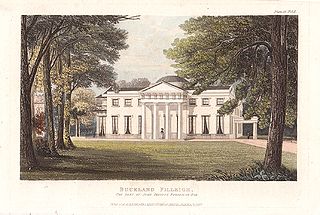
The manor of Buckland Filleigh was a manor in the parish of Buckland Filleigh in North Devon, England. Mentioned in the Domesday Book, the manor and its estates passed through several families, including over 300 years owned by the Fortescues.
Sir James Alleyn was an Irish judge of the fifteenth century. He held the offices of Speaker of the Irish Privy Council, Chief Justice of the Common Pleas for Ireland and Lord Chief Justice of Ireland.

Spridleston is an historic manor in the parish of Brixton in Devon, England, long a seat of a branch of the prominent and widespread Fortescue family. The ancient manor house does not survive, but it is believed to have occupied the site of the present Spriddlestone Barton, a small Georgian stuccoed house a few hundred yards from the larger Spriddlestone House, also a Georgian stuccoed house, both centred on the hamlet of Spriddlestone and near Higher Spriddlestone Farm.
















